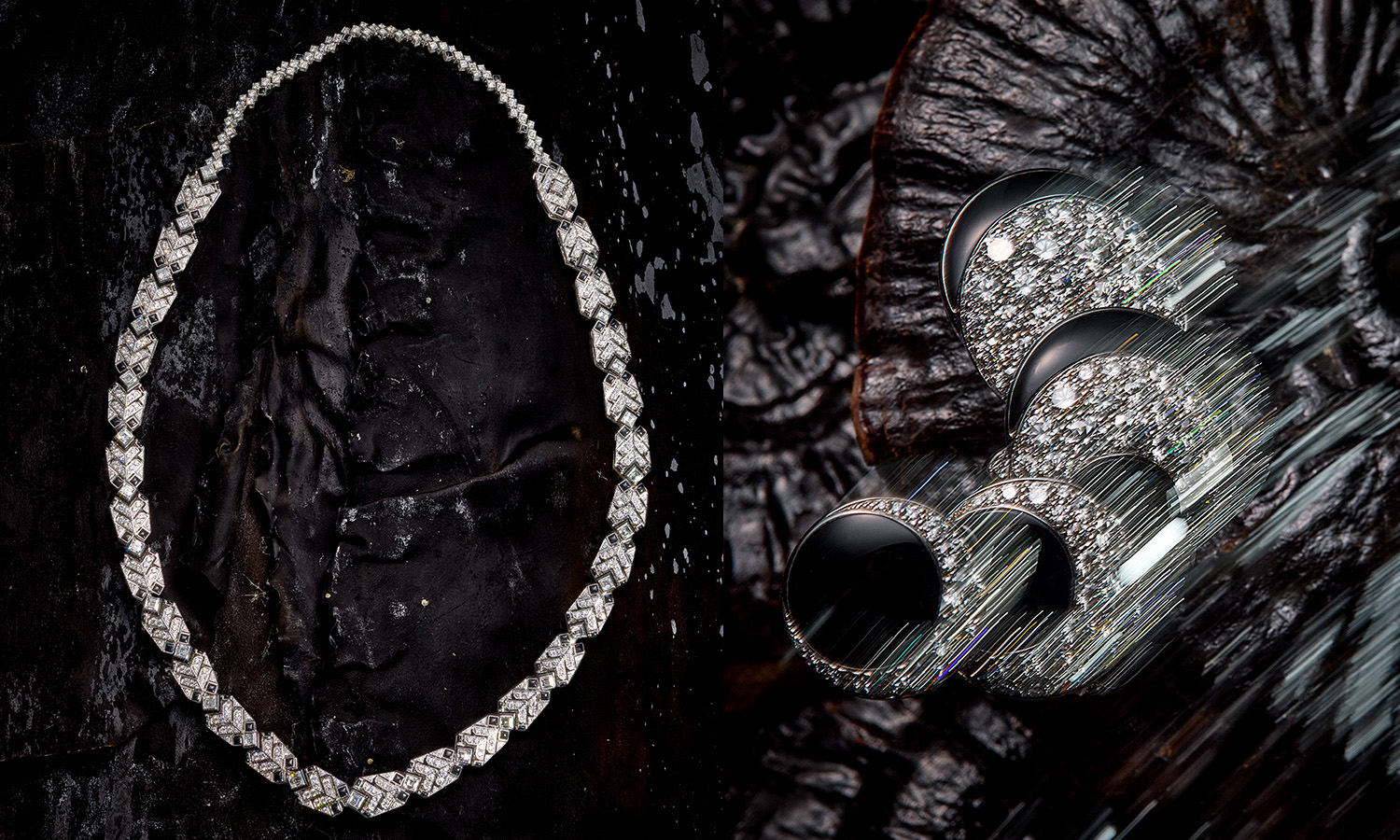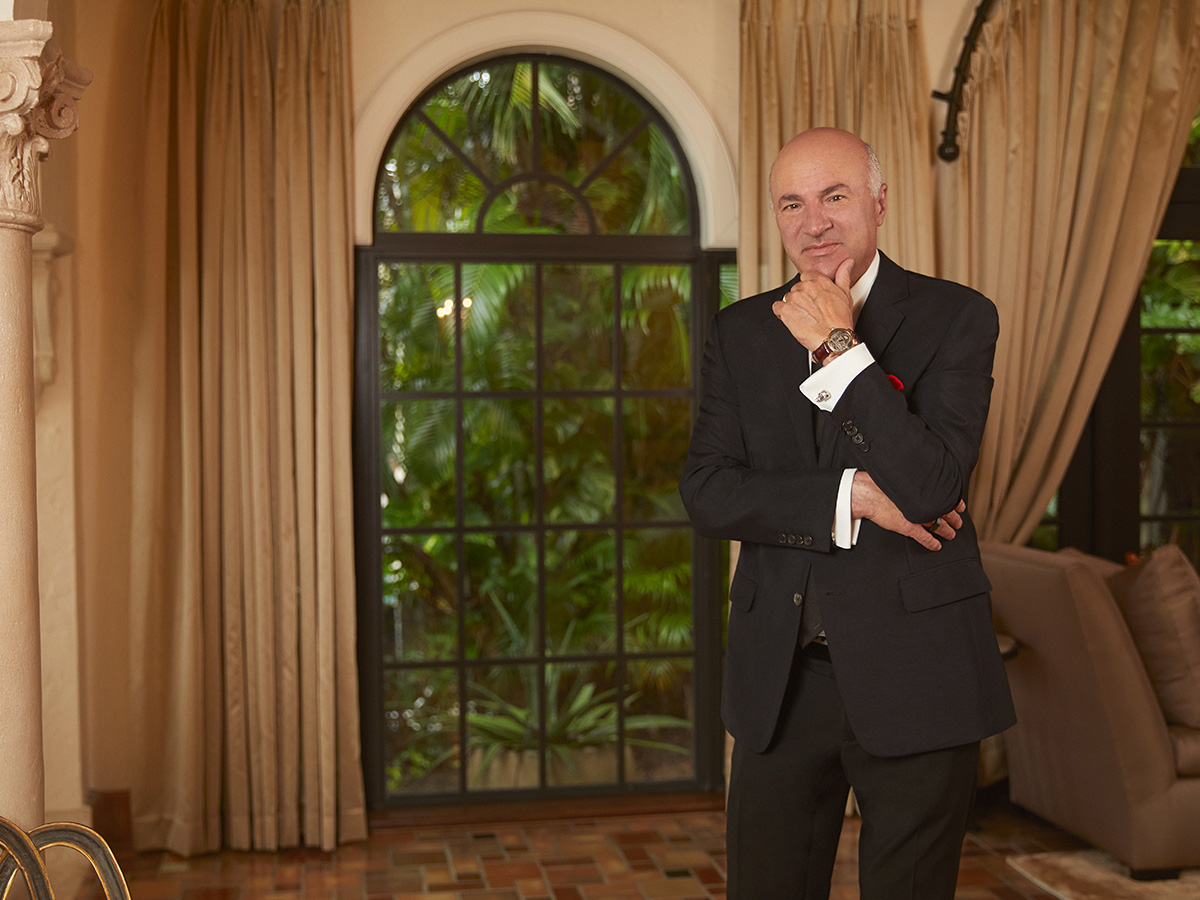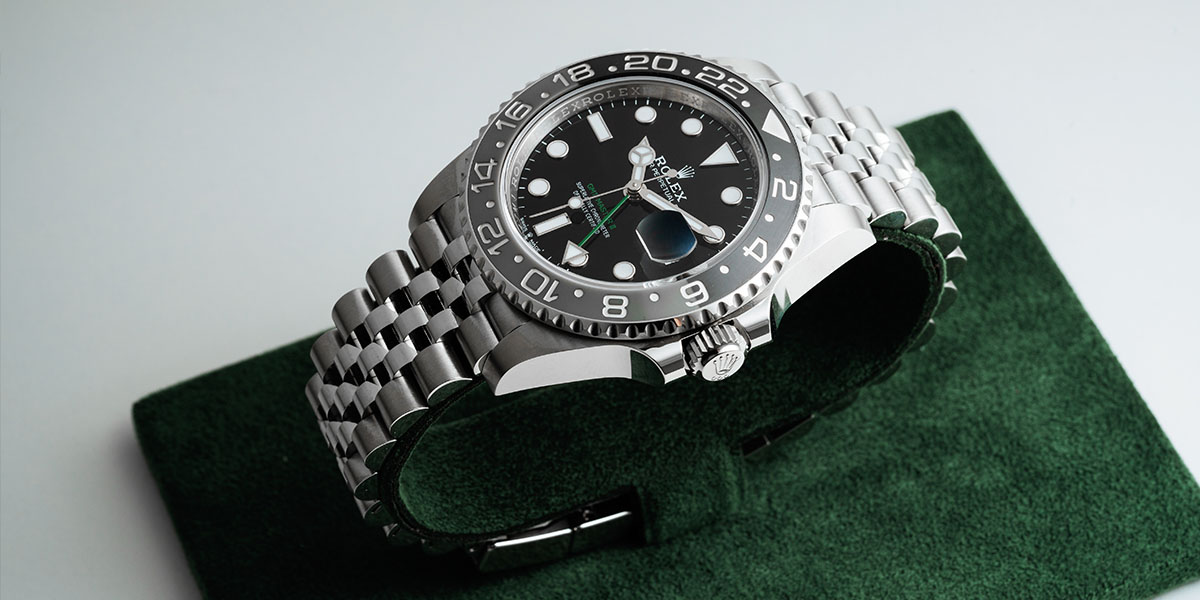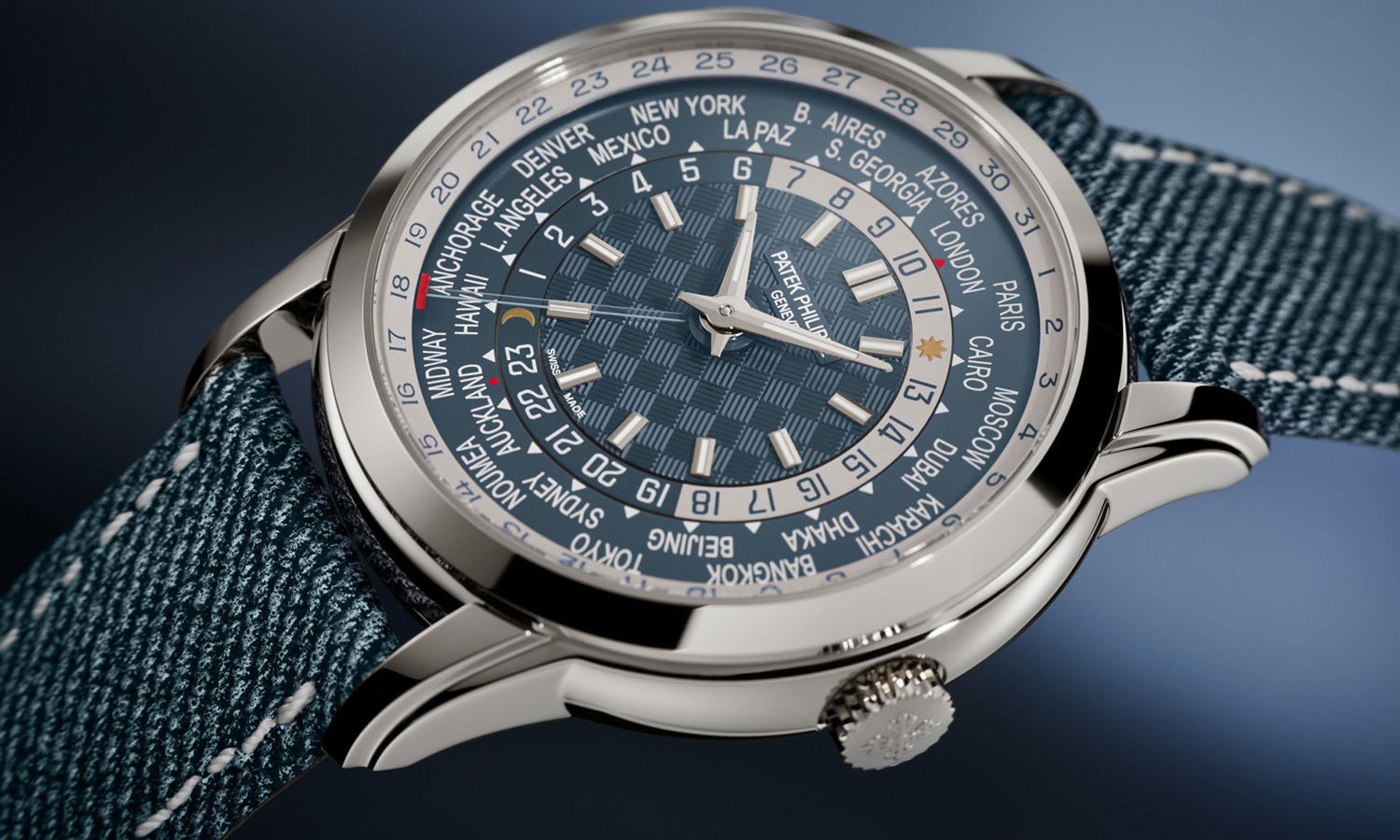
Patek Philippe and Sotheby’s: It’s Complicated
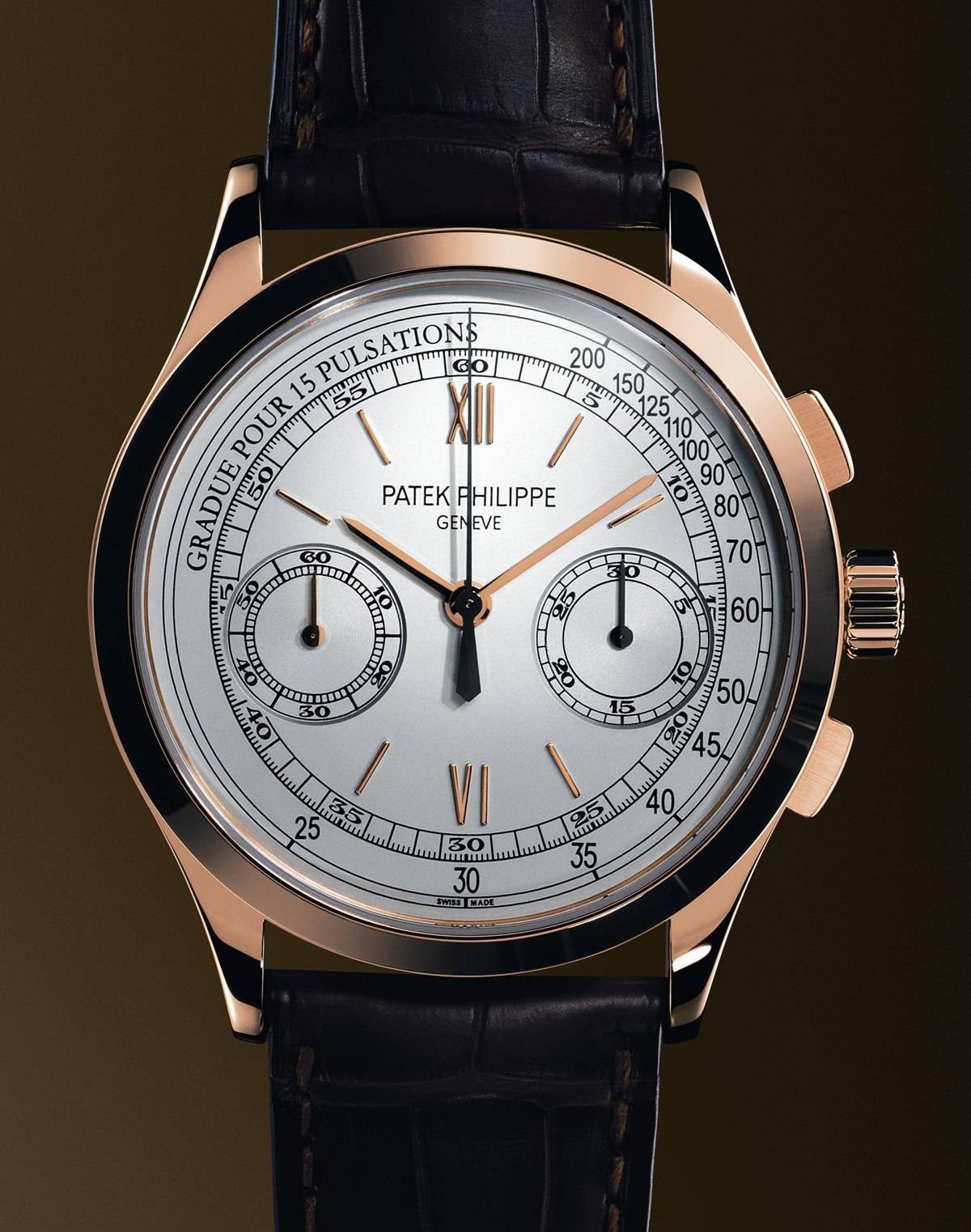
Patek Philippe burst onto the stage of haute horology in 1851, immediately making a name for itself by presenting Queen Victoria with a key-wound, pendant-style montre at the famous Crystal Palace. Today, the Geneva-based watchmaker continues to outfit the world’s elite with some of the globe’s most expensive and technically complicated watches.
Earlier this year at Sotheby’s annual Important Watches exhibition and auction, a rare Patek Philippe white gold and diamond-set chronograph sold for a healthy $1.4 million. The piece – designated 2002 REF 5071G MVT 3147106 CASE 4162762 by the maker – features a calibre 27-70/157 manual winding movement, 24 jewels and a Gyromax balance. Under the sapphire crystal rest a black dial parsed with diamond-set numerals, an outer tachometer scale and two engine-turned, subsidiary dials indicating constant seconds and 30-minute register.
Every year Sotheby’s Important Watches exhibitions make the rounds of Asia’s elite auction circuit, with events in Singapore, Tapei, Shanghai, Beijing, Chengdu, Bangkok and Jakarta. The Asian market has proven lucrative for Sotheby’s, which managed to bring in a record-breaking a recording-breaking $11 million for a single Patek Philippe piece in 2008.
Founded by Antoni Patek and Adrien Philippe, Patek Philippe is known today for crafting the most complicated examples of fine watches among its peers. Its Cailbre 89 150th anniversary model boasts 39 complications measuring such things as sunrise, sunset and the current phase of the moon. A privately held company, Patek Philippe releases an estimated 40,000 unique pieces every year.
Photo courtesy Patek Philippe.
 SIGN UP
SIGN UP


